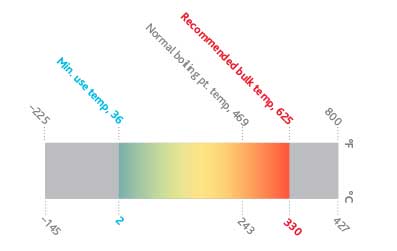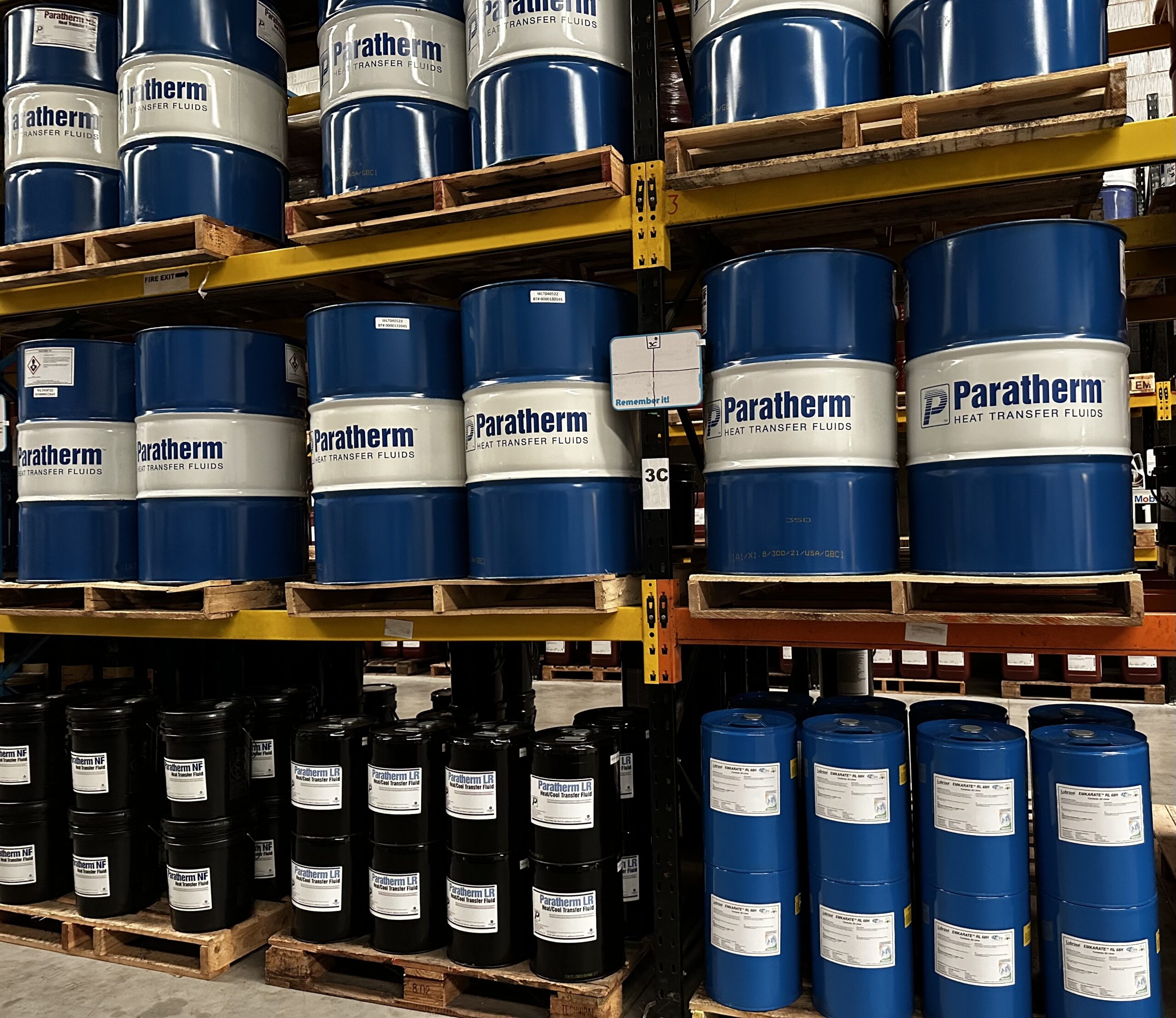Just How Warm Transfer Liquid Adds To Sustainable and Economical Operations
In the contemporary commercial landscape, the role of warmth transfer liquids (HTFs) in promoting lasting and affordable procedures can not be overemphasized. These fluids are essential in optimizing thermal monitoring systems, thus dramatically improving energy efficiency and minimizing operational costs. heat transfer fluid. The environmental advantages of advanced HTFs, with their high thermal security and reduced toxicity, are indisputable.
Understanding Warmth Transfer Fluids
In the world of thermal administration, warm transfer liquids (HTFs) serve as essential representatives for moving thermal energy from one area to an additional. These liquids play a crucial duty in numerous industrial applications, including chemical processing, power generation, and A/c systems.
The composition of warmth transfer fluids can differ substantially, including alternatives such as mineral oils, artificial oils, glycols, and molten salts. Each type provides unique benefits, such as boosted thermal security, low thickness, and high boiling factors, which are selected based on specific functional requirements. The option of HTF influences not just the efficiency of warmth transfer but additionally the longevity and safety of the system in which it is utilized.
As markets continue to introduce, the advancement of sophisticated HTFs, characterized by their boosted thermal conductivity and decreased environmental impact, is crucial for satisfying the demands of modern thermal management challenges.

Enhancing Energy Performance

Improving power performance has actually ended up being a paramount concern throughout different sectors, triggering a closer evaluation of heat transfer liquids' role in maximizing thermal administration systems. These fluids are indispensable to preserving the preferred temperature level in procedures, thus reducing power waste and enhancing general system efficiency. By picking a suitable heat transfer fluid, sectors can considerably boost their energy efficiency, bring about minimized power intake.

Advanced formulas of warmth transfer fluids have actually been created to withstand severe temperatures while maintaining stability and effectiveness. These developments extend the operational lifespan of the liquid, minimizing the regularity of substitutes and energy-intensive upkeep activities. The usage of synthetic or bio-based liquids provides additional advantages in terms of decreased environmental effect, lining up with international sustainability goals. Boosting energy effectiveness via optimal heat transfer liquid option is not just a technical need however also an environmental imperative.
Lowering Functional Expenses
Functional costs are a substantial consideration for industries seeking to preserve competitive advantage, and the selection of warmth transfer fluid plays an essential function in price management. Selecting an appropriate warmth transfer liquid can result in substantial cost savings by improving system performance and minimizing energy usage. High-performance liquids lessen thermal degradation, which in turn decreases the frequency of liquid substitute and downtime connected with maintenance, therefore reducing functional expenses.
Moreover, warm transfer liquids with premium thermal stability and corrosion resistance prolong the life-span of tools. This reduces the demand for frequent repair services and replacements, which can be expensive and disruptive to operations. By spending websites in high-quality fluids, markets can attain long-lasting reductions in maintenance costs and improve the integrity of their systems.
In addition, progressed warm transfer fluids commonly show reduced viscosity at operating temperatures, which boosts pump effectiveness and minimizes power use in liquid circulation. Several contemporary warmth transfer liquids are engineered to run efficiently over a broad temperature array, decreasing the requirement for several fluid types, therefore improving stock requirements and lowering connected costs.
Environmental Effect Decrease
The push in the direction of decreasing ecological influence has gotten momentum in industries leveraging warm transfer fluids. Firms are progressively identifying the importance of decreasing eco-friendly footprints by embracing lasting practices. Warm transfer liquids (HTFs) play a crucial role in this shift, providing opportunities to enhance power performance and lower discharges. By selecting HTFs with high thermal security and low toxicity, industries can ensure minimal leakage and degradation, therefore minimizing damaging environmental launches.
Additionally, the use of advanced heat transfer fluids adds to enhanced system performance, decreasing the overall energy intake. This decrease not only leads to price savings however likewise reduces carbon dioxide discharges, helping in the battle versus environment adjustment. Fluids that are biodegradable and recyclable better boost sustainability initiatives, as they reduce waste and promote circular economic climate techniques.
In addition, including HTFs into closed-loop systems avoids fluid loss and contamination of the surrounding setting. This technique makes sure that fluids are recycled, reducing the need for new resources and limiting waste generation. By accepting these eco aware techniques, sectors can significantly reduce their ecological influence while preserving high operational performance, lining up with global sustainability goals and regulative needs.
Choosing the Right HTF
Selecting the ideal warm transfer fluid (HTF) is a vital action in advancing environmental sustainability within industrial processes - heat transfer fluid. A suitable HTF must have a high thermal capacity, low viscosity, and high thermal conductivity to guarantee efficient warmth web transfer.
When selecting an HTF, it is vital to consider its compatibility with system materials to stay clear of rust and chain reaction. This makes certain durability and lowers maintenance prices. In addition, the liquid must be safe and naturally degradable, decreasing its eco-friendly footprint and making certain conformity with ecological regulations. The lifecycle price of the HTF, encompassing procurement, operation, and disposal, ought to likewise be evaluated to make certain economic feasibility.
Conclusion
